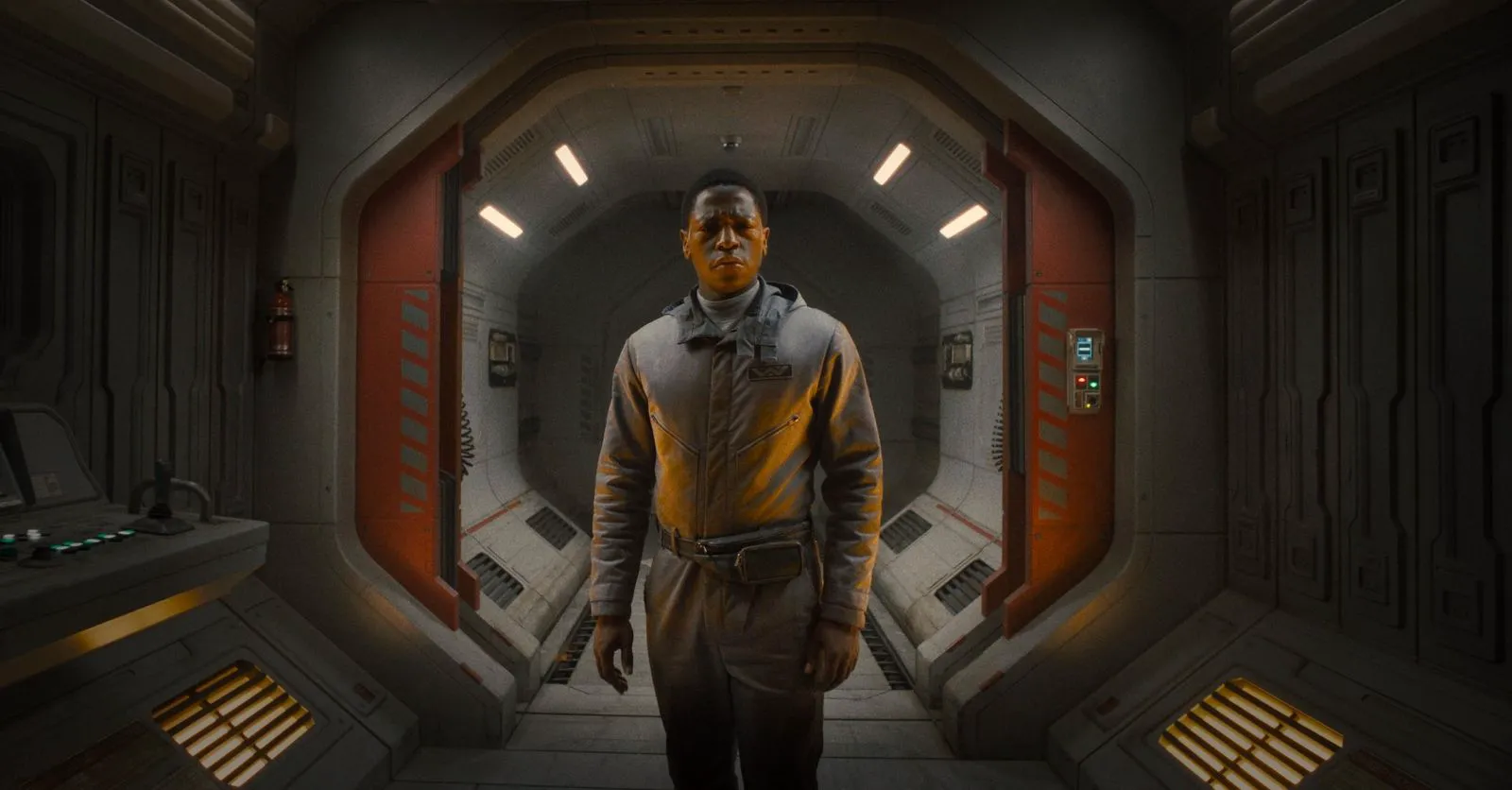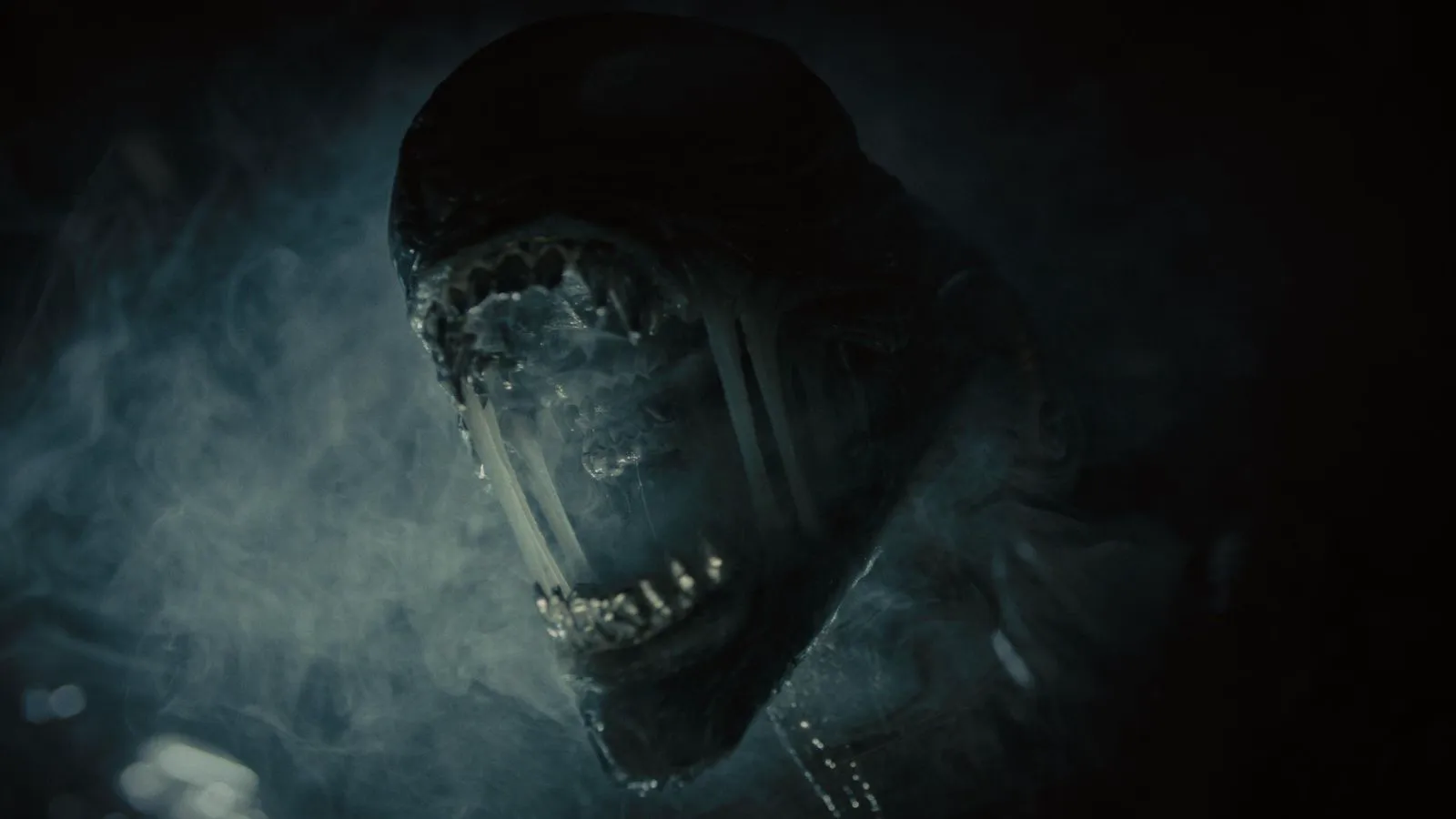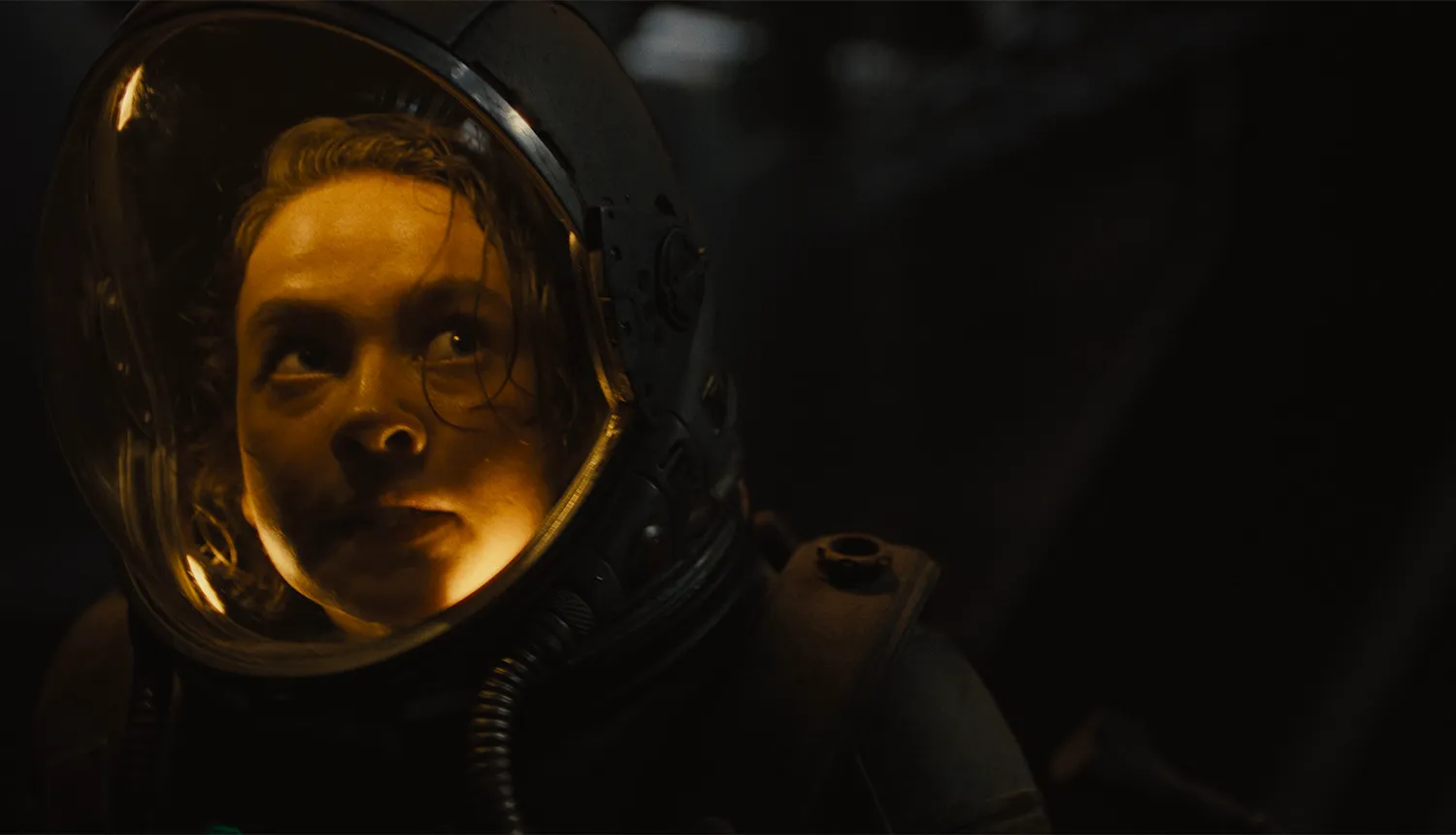Young individuals find themselves trapped in a grim mining colony, toiling as virtual slaves for the Weyland-Yutani Corporation. Their dreams center on escape, preferably to another planet. Together with Rain (Cailee Spaeny), an orphan, and her synthetic “brother,” the android Andy (David Jonsson), they devise a plan to reach an abandoned spaceship and use its hypersleep chambers to survive the long journey. However, the station turns out to be not so abandoned after all – it’s now a colony overrun by Xenomorphs and facehuggers.
 Alien: Romulus"" data-href="" style=""/>
Alien: Romulus"" data-href="" style=""/>
David Jonsson as Andy in “Alien: Romulus”
The screams from the depths of space have become commonplace. Since Ridley Scott’s “Alien” conquered screens in 1979, the franchise has weathered it all: changes in genre, directors, and audience reception (pretending the third and fourth “Alien” films don’t exist is an unspoken rule of etiquette). James Cameron brought gunpowder and a soldier’s spirit, David Fincher had squabbles with producers, and Jean-Pierre Jeunet delivered avant-garde bordering on pathology. It seems there are no limits in the “Alien” series – a fact readily acknowledged by Sir Ridley Scott himself, for whom “Prometheus” and “Covenant” were not just genre films but philosophical generalizations, an opportunity to reflect on the nature of the creator and creation, on androids and electric sheep.
A New Vision of Terror

Xenomorph in “Alien: Romulus”
Uruguayan director Fede Álvarez is already a seasoned artist in the world of horror. He approaches “Romulus” with the same zeal he had 10 years ago when crafting the “Evil Dead” reboot. With the claustrophobic thriller “Don’t Breathe,” any remaining doubts seemed to vanish: Álvarez is not just a franchise fanatic who’s gotten his hands on a camera, but a true visionary and professional. Hellish demons and killer branches, terror escalating into a nauseating spectacle – all happened at the snap of a finger, as soon as the Necronomicon was opened. Álvarez enters the world of “Alien” with the same energy: the camera races through the rusty interiors of the ship as if scalded, an army of facehuggers burrows into teenagers, and the reproduction program is now not a blessing of life but a veritable curse.

Cailee Spaeny as Rain in “Alien: Romulus”
Back to Basics: A Brutal Slasher
“Romulus” is a savage slasher, pure organic horror that Álvarez creates without prejudice and, most importantly, with love for the genre. The young crew’s difficulties predictably lead to infighting, Spaeny’s character – a 26-year-old Ripley of a new generation – matures as she climbs through the compartments, the gun jams at the worst moment, and doors slam shut. The seventh film in the franchise favors straightforward techniques, and the well-worn tropes don’t make you cringe – the heavy fists of old-school are more convincing than verbose conversations about gods and acts of creation. In other words, the film takes the best from the first two “Alien” films, placing itself squarely between them, both in plot and style. Some will be outraged that Álvarez doesn’t come up with anything new – simply mixing the best images like a seasoned DJ. Others, on the contrary, will recognize that “Romulus” has special genre reliefs. Álvarez creates the most terrifying episodes, for a moment, in his unique style, alternating silence and noise, Benjamin Wallfisch’s electronic scores and the frantic screams of yesterday’s teenagers. The critics’ praise is not deceitful – this is indeed a nervous and frightening film.
Retro-Futuristic Nightmare
What will definitely shock everyone about “Romulus” is its meticulous visual design. Álvarez doesn’t feel like a hostage of modernity; his film is fueled by retro-futurism – the frame is constructed as it was 40 years ago. The sets seem tangible, years of dust settle on the instrument panels, and emergency lights pierce the dim interiors of the ship – a hell where mechanics and organics are intertwined – forming a beautiful contour. The world of “Romulus” is not only a biomechanical nightmare, where reproductive motifs reach a new level of execution, but also a film with the lost spirit of the 70s and 80s, when the world on the screen seemed material, you could almost touch the spacesuits, and feel the drops of sweat on every muscle of the heroine. Perhaps the “Alien” universe will no longer offer something new and will not step into uncharted waters. But when a sabbath of crawling creatures takes place on the screen, sirens roar, and cannons fire, the question is removed by itself – the franchise ship is rushing somewhere towards the planets of Hans Giger. And it must not deviate from its course.